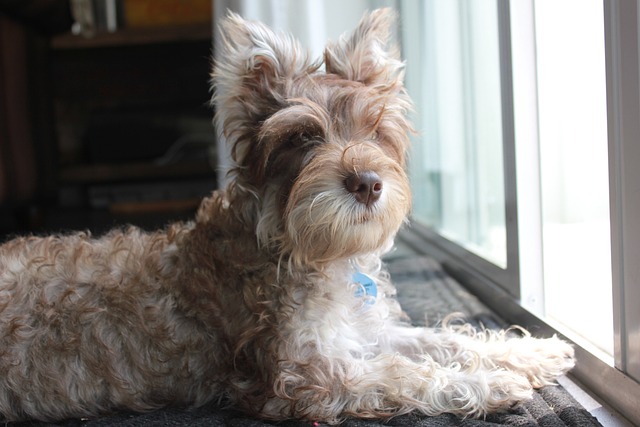
Where should a puppy sleep on the first night
That first night with your new puppy can feel equal parts magical and overwhelming, especially when it's time for bed and the whimpers begin.
If you're struggling with a reactive dog, you're probably asking yourself this question daily, hoping for a clear-cut timeline. The honest, albeit frustrating, answer is that there's no universal expiration date on reactivity. The process is measured not in weeks or months, but in gradual milestones, and it's deeply personal to your dog's history, temperament, and the consistency of their training. Reactivity is fundamentally an emotional response, not a simple obedience issue. You're not just teaching a skill; you're rewiring a deeply ingrained stress response and building your dog's confidence from the ground up. This neurological process takes time because you're asking their brain to form new, positive pathways to replace the old fear-based ones. Expecting quick fixes often leads to disappointment and can pressure owners into trying punitive methods, which are not only culturally frowned upon but scientifically proven to worsen fear-based behaviors in the long run.
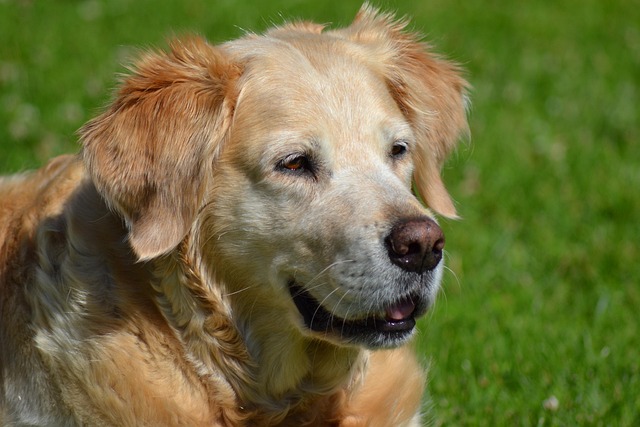
Your roadmap relies entirely on the principles of positive reinforcement and managing your dog's "threshold"—the distance at which they can notice a trigger without reacting. Your first milestone is simply being able to get your dog's attention with a high-value treat the moment they see a trigger from a block away. This could take a few sessions or a few weeks. The next phase involves slowly decreasing that distance over numerous short, successful training sessions. Progress is rarely a straight line; a stressful encounter or a change in environment can cause temporary setbacks. This is where patience and a commitment to force-free methods are paramount. Your consistency in using rewards like diced chicken or cheese to create positive associations is what slowly builds new neural connections. Documenting small victories in a journal can help you see the progress that's easy to miss day-to-day.
This journey inherently integrates with your broader responsibilities as a dog owner in the community. Throughout this process, you must ensure your dog is always safely secured in a well-fitted harness and that their rabies vaccination is meticulously kept up-to-date—this is a legal baseline for public safety. Your training outings are also an exercise in community etiquette: always be the one to proactively create space by crossing the street, and never fail to clean up immediately after your dog with biodegradable bags. For apartment dwellers, this might mean coordinating with a neighbor to use a service elevator during quiet hours for controlled exposure. Remember, training a reactive dog is as much about managing your expectations and environment as it is about training your dog. You're not just building their confidence; you're demonstrating responsible ownership by prioritizing everyone's safety and comfort in shared spaces.

That first night with your new puppy can feel equal parts magical and overwhelming, especially when it's time for bed and the whimpers begin.

The idea of teaching obedience often conjures images of strict commands and military-like discipline, but modern dog training has completely shifted away from that.
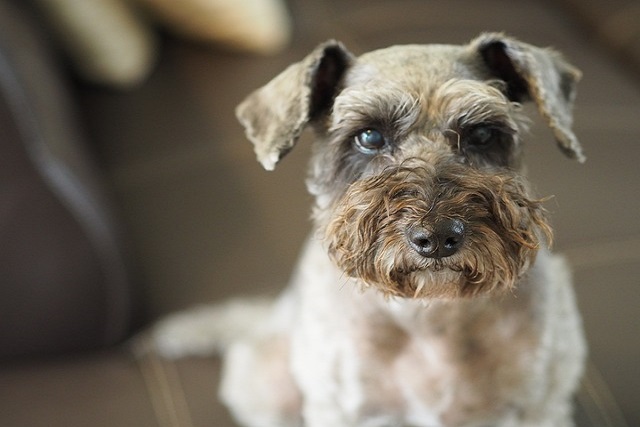
That moment your dog joyfully jumps on a guest or pulls you down the street can make "good behavior" feel like a distant dream.
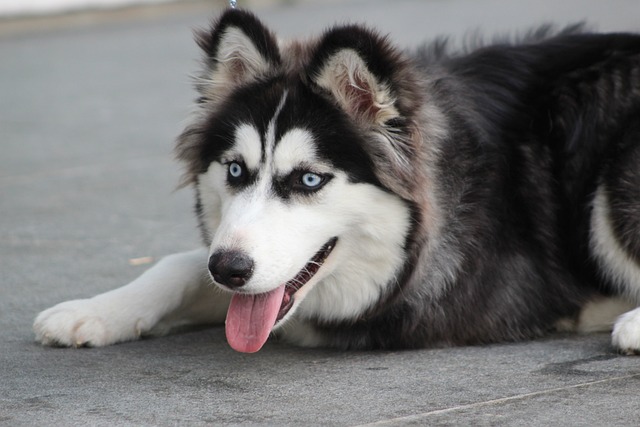
Huskies are energetic and intelligent, but their independent streak can make toilet training a bit tricky—especially if you don’t align with their natural rhythms.
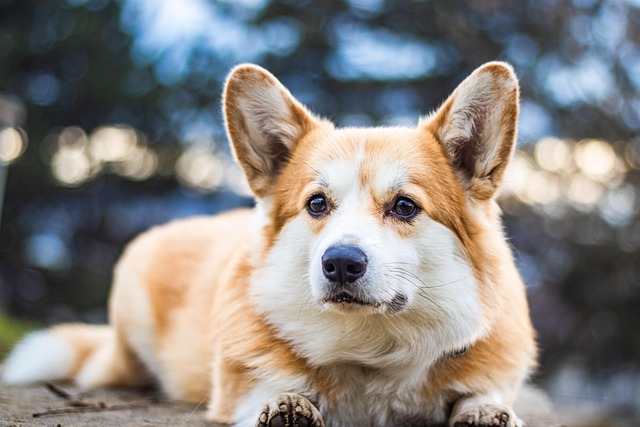
Most corgi owners find housebreaking takes 4 to 6 months, but this timeline shifts with consistency and your pup’s personality.

Golden Retrievers are known for their friendly personalities and eagerness to learn, but potty training still takes patience—don’t expect them to master it overnight.